Key Takeaways:
- Urologists are trained and experienced in providing insight and professional care to those suffering from OAB.
- InterStim Therapy presents incredible efficacy for both bowel and bladder control.
- InterStim Therapy should be considered only after consultation with a urologist and when other measures have failed to yield desired results.
A Focus on Bowel and Bladder Control
When seeking an effective treatment for overactive bladder (OAB), it’s important to consult with a Urologist who specializes in this field. As Dr. Nicholas Laryngakis, a Urologist in St. Petersburg, FL, reveals, “the topic tonight is something that we do have a lot of focus in and enjoy taking care of and have a specialty in.” With years of training and experience, Urologists like Dr. Laryngakis offer insight and professional care to those suffering from OAB.
Effectiveness of the InterStim Therapy
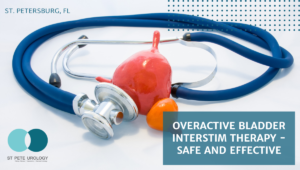 If you’re searching for a solution to your “Urologist for OAB Near Me” query, look no further than the remarkable results that InterStim Therapy can deliver. According to Dr. Reid Graves, an experienced Urologist based in St. Petersburg, FL, this therapy offers outstanding efficacy, especially concerning bowel control. Dr. Graves, who holds considerable expertise in the field, emphasizes that the therapy’s success is even more astonishing for bowel-related issues. He shares that a remarkable 89% of individuals who have undergone the Medtronic therapy have achieved enduring success in terms of bowel control.
If you’re searching for a solution to your “Urologist for OAB Near Me” query, look no further than the remarkable results that InterStim Therapy can deliver. According to Dr. Reid Graves, an experienced Urologist based in St. Petersburg, FL, this therapy offers outstanding efficacy, especially concerning bowel control. Dr. Graves, who holds considerable expertise in the field, emphasizes that the therapy’s success is even more astonishing for bowel-related issues. He shares that a remarkable 89% of individuals who have undergone the Medtronic therapy have achieved enduring success in terms of bowel control.
However, the therapy’s benefits extend beyond bowel concerns. It also stands as a highly effective solution for overactive bladder problems. Dr. Graves provides assurance that the impact of sacral nerve modulation on bladder issues is significant, with more than three-quarters of patients experiencing substantial improvement in their condition.
Is InterStim Therapy Right for You?
InterStim Therapy is not a first-line treatment. It’s considered when other measures, such as dietary changes, Kegel exercises, and medication, have failed to yield desired results. “It’s really a minor, you know, outpatient 15-minute procedure that really can change your life if you’re the right person for it and the right patient,” encourages Dr. Graves.
This therapy, however, is not for everyone. The decision for InterStim Therapy should be made only after thorough consultation with a well-versed urologist who can assess if the therapy is right for you.
St Pete Urology: Your Trusted Partner in Overcoming OAB
If you’re on the hunt for “Urologist for OAB Near Me” in St. Petersburg, FL, St Pete Urology comes highly recommended. Our team of specialist urologists, including Dr. Laryngakis and Dr. Graves, is dedicated to helping you regain control over your life.
At St Pete Urology, we understand how OAB can affect your day-to-day activities, self-esteem, and overall quality of life. We are committed to providing comprehensive care, from advice on lifestyle changes to advanced medical interventions like InterStim Therapy. With our patient-centric approach, you can be confident that you’re in good hands.
Fight back against overactive bladder. Take the first step towards a more fulfilling, worry-free life by consulting with our expert urologists today.
References:
- St Pete Urology. (2013, March 28). An Overactive Bladder Overview | St Pete Urology. St Pete Urology. https://stpeteurology.com/what-is-overactive-bladder/
- St Pete Urology. (2023, April 7). St. Pete Urology | Urologists in St Petersburg, Florida. St Pete Urology. https://stpeteurology.com/how-is-overactive-bladder-diagnosed-tests-and-exams-you-may-need/
- Medtronic. (2018). Questions and Answers About Medtronic’s Neurostimulation for Overactive Bladder. Medtronic.com. https://www.medtronic.com/uk-en/patients/treatments-therapies/neurostimulator-overactive-bladder/questions-answers.html
- Elad Leron, Weintraub, A. Y., Salvatore Andrea Mastrolia, & Schwarzman, P. (2018). Overactive Bladder Syndrome: Evaluation and Management. Current Urology, 11(3), 117–125. https://doi.org/10.1159/000447205
- Overactive Bladder. (2016). Medlineplus.gov; National Library of Medicine. https://medlineplus.gov/overactivebladder.html

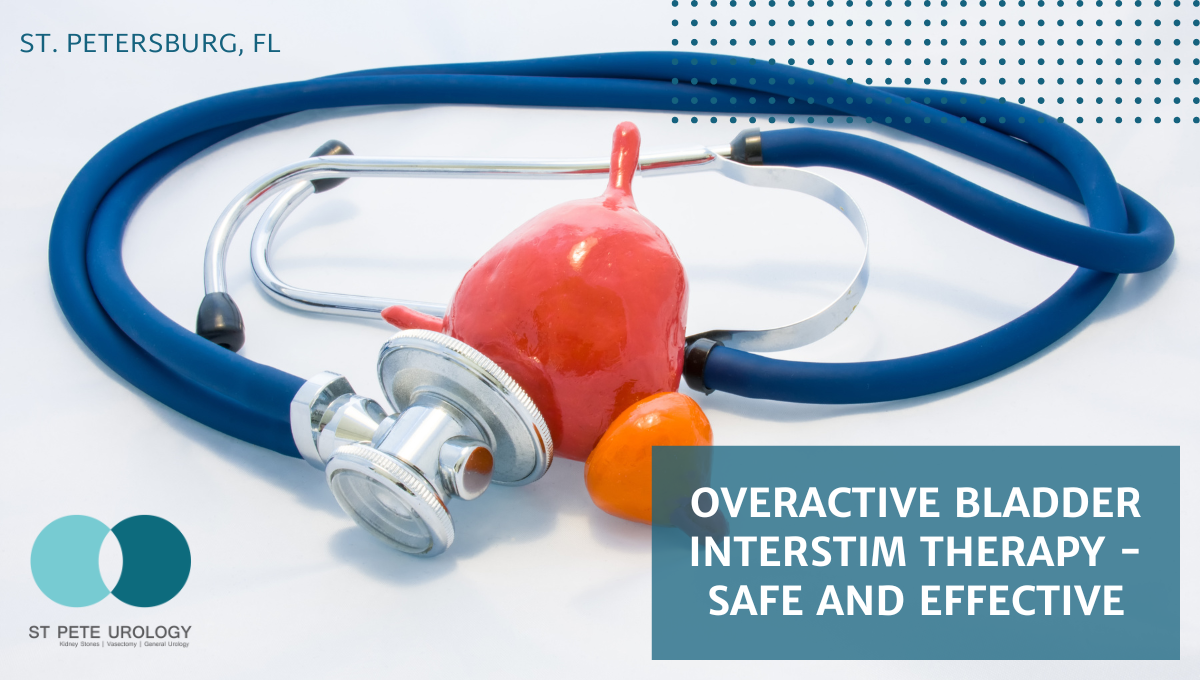


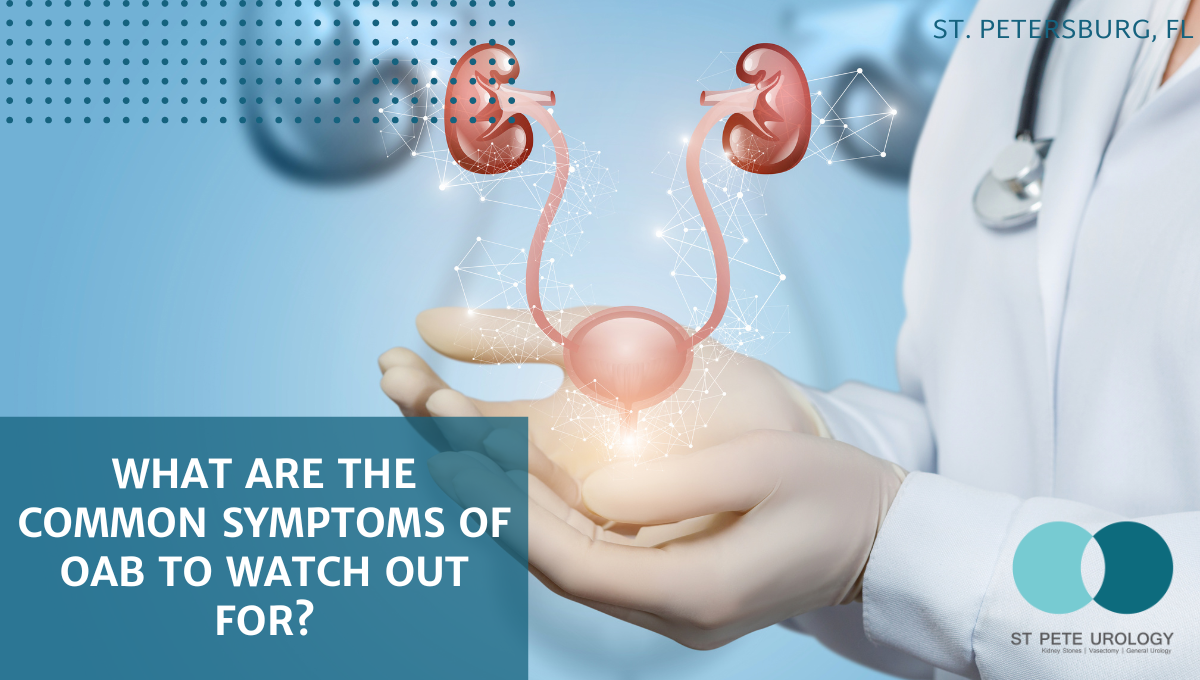
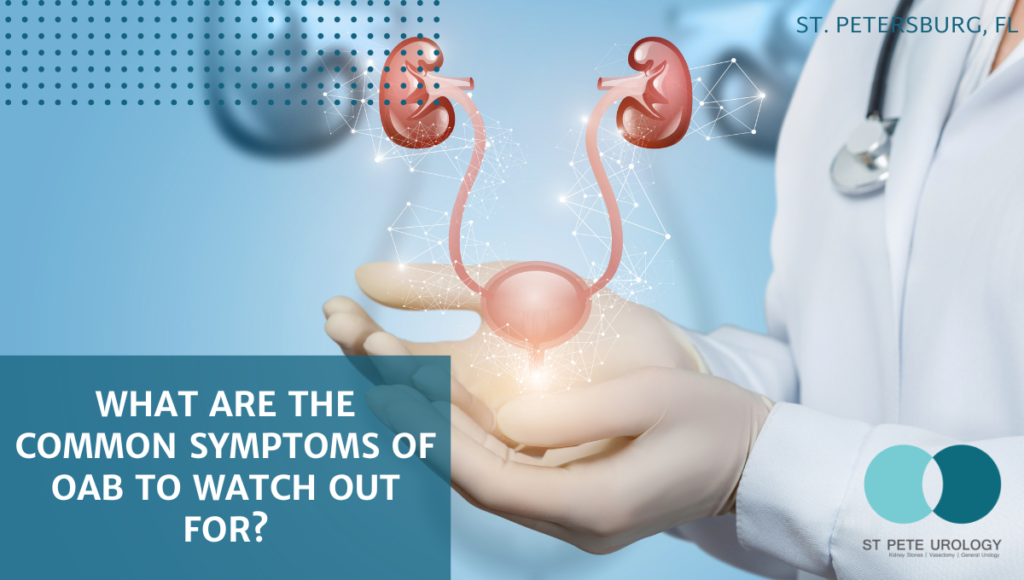
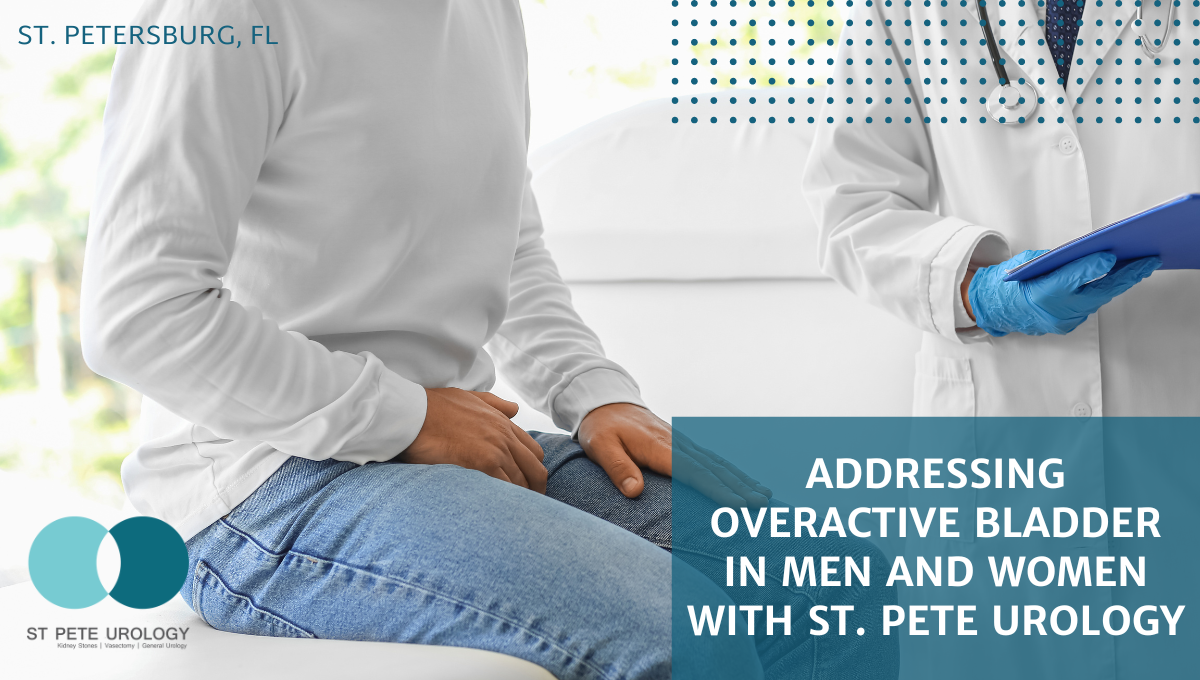
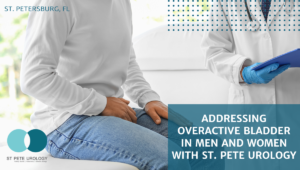 Consider this: Your plans, whether you’re attending social gatherings or even mundane tasks such as grocery shopping, are dictated by the proximity of a restroom. An
Consider this: Your plans, whether you’re attending social gatherings or even mundane tasks such as grocery shopping, are dictated by the proximity of a restroom. An 
 Having a condition like an
Having a condition like an 
 Overactive bladder
Overactive bladder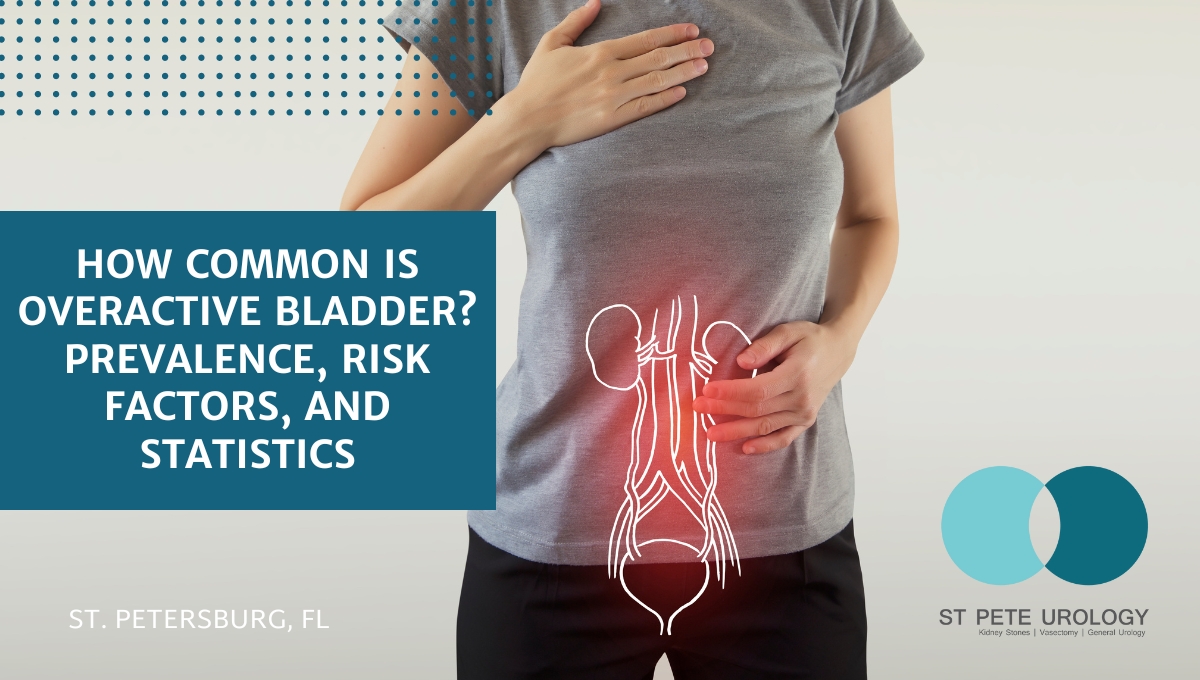
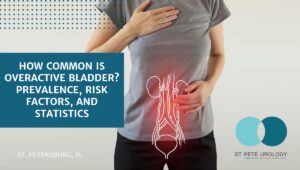 Overactive bladder
Overactive bladder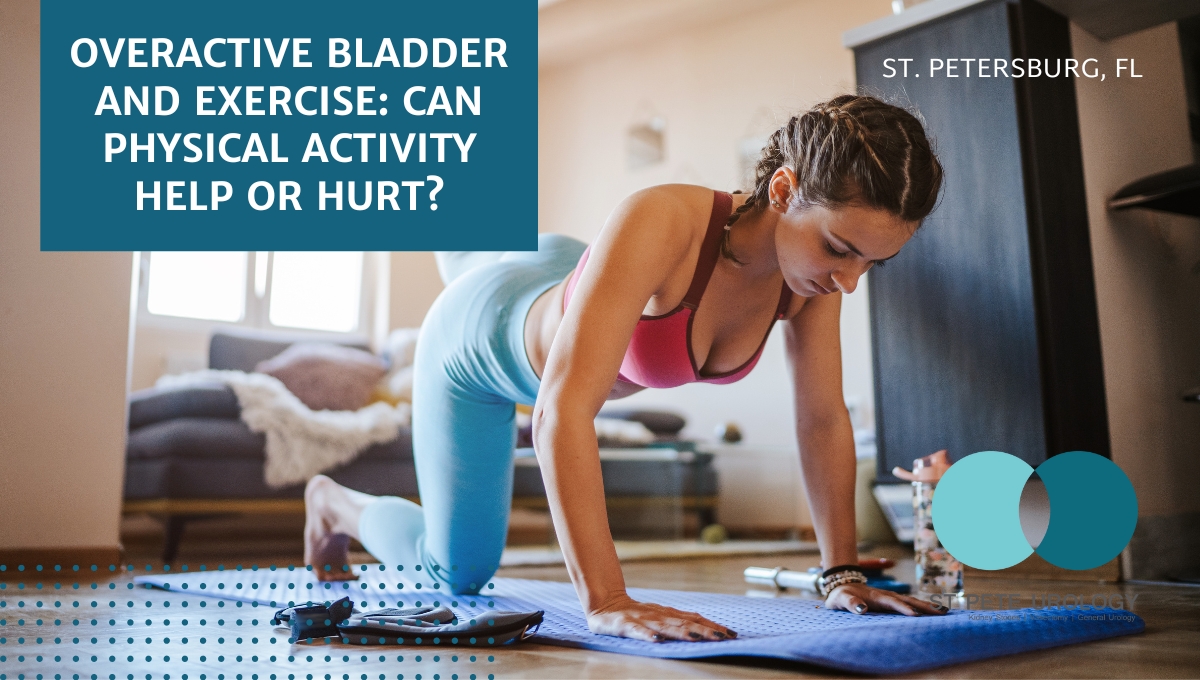
 Exercise is essential to maintaining good physical and mental health. Regular physical activity can reduce the risk of heart disease, diabetes, stroke, and mental health problems. Exercise can also improve bowel and bladder health, but this is not always the case.
Exercise is essential to maintaining good physical and mental health. Regular physical activity can reduce the risk of heart disease, diabetes, stroke, and mental health problems. Exercise can also improve bowel and bladder health, but this is not always the case. 
 Overactive bladder is a condition that affects many people, and the effects can be very uncomfortable. It is important to understand potential dietary causes for your OAB and learn about foods that you can eat to help improve your bladder health. In this article, we will discuss what an overactive bladder is, potential causes, diet tips, and foods to avoid to improve your bladder health.
Overactive bladder is a condition that affects many people, and the effects can be very uncomfortable. It is important to understand potential dietary causes for your OAB and learn about foods that you can eat to help improve your bladder health. In this article, we will discuss what an overactive bladder is, potential causes, diet tips, and foods to avoid to improve your bladder health.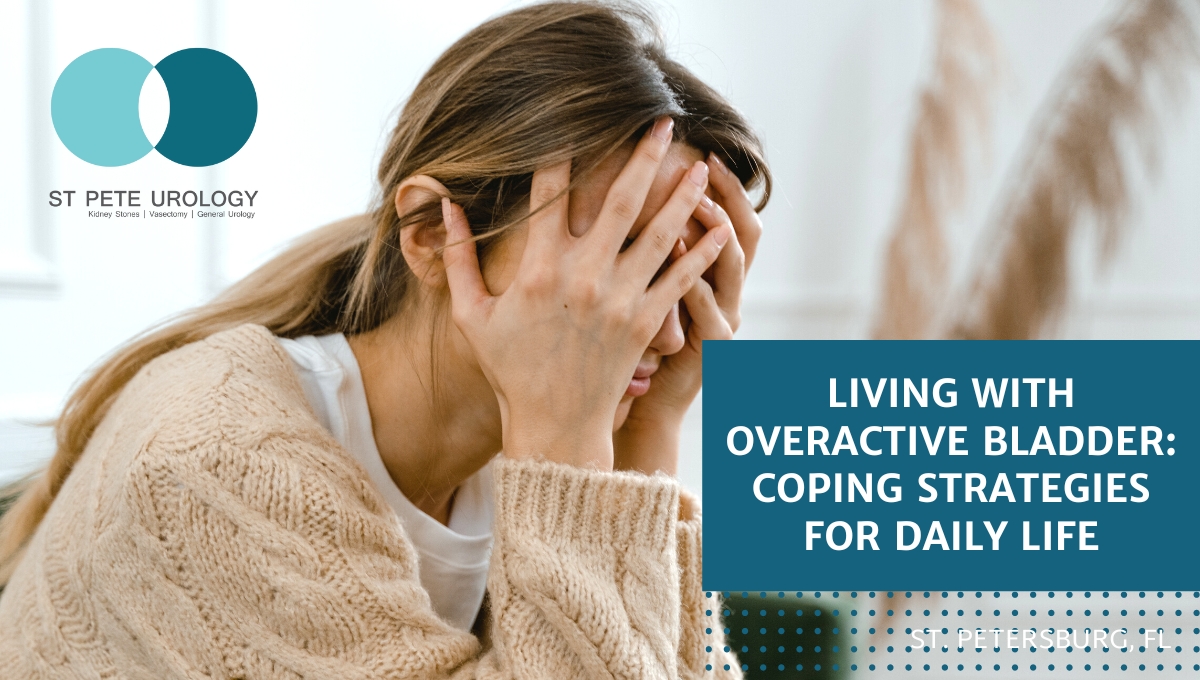
 Overactive bladder
Overactive bladder